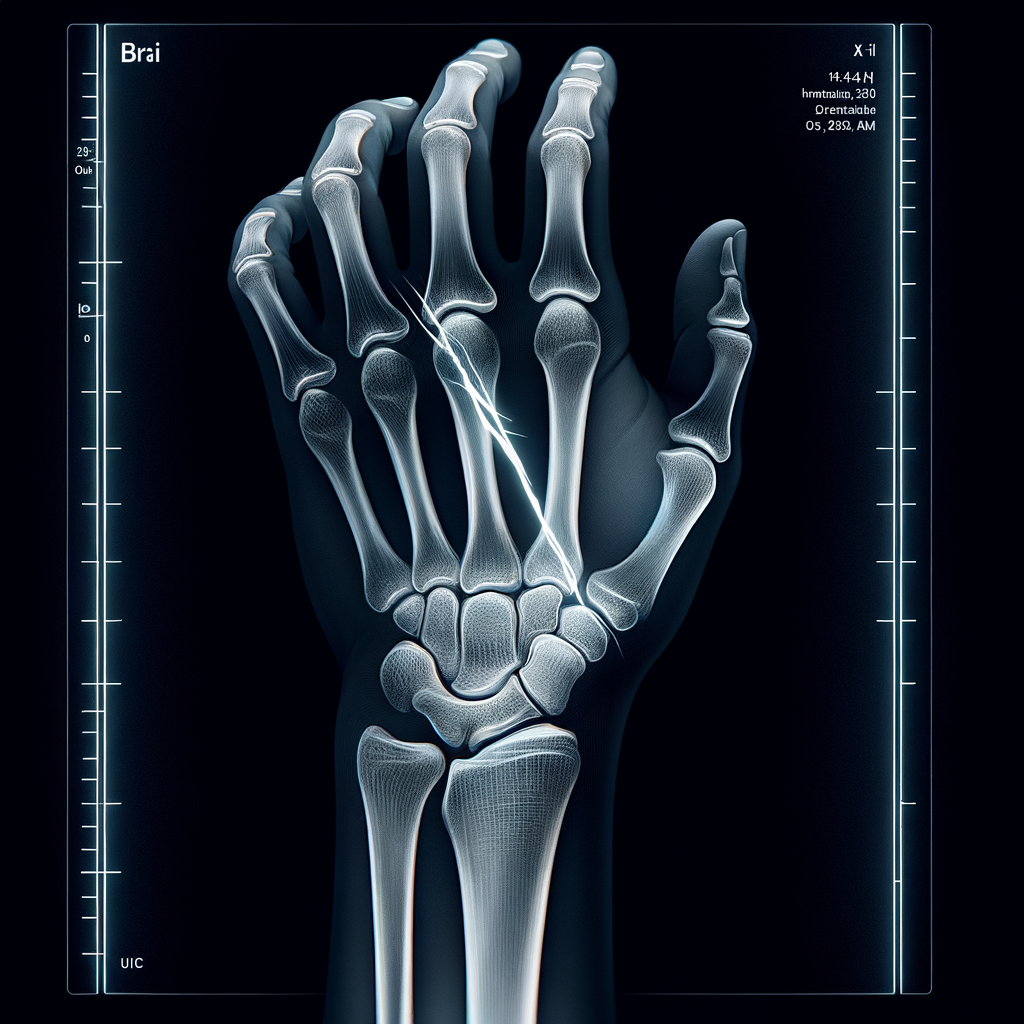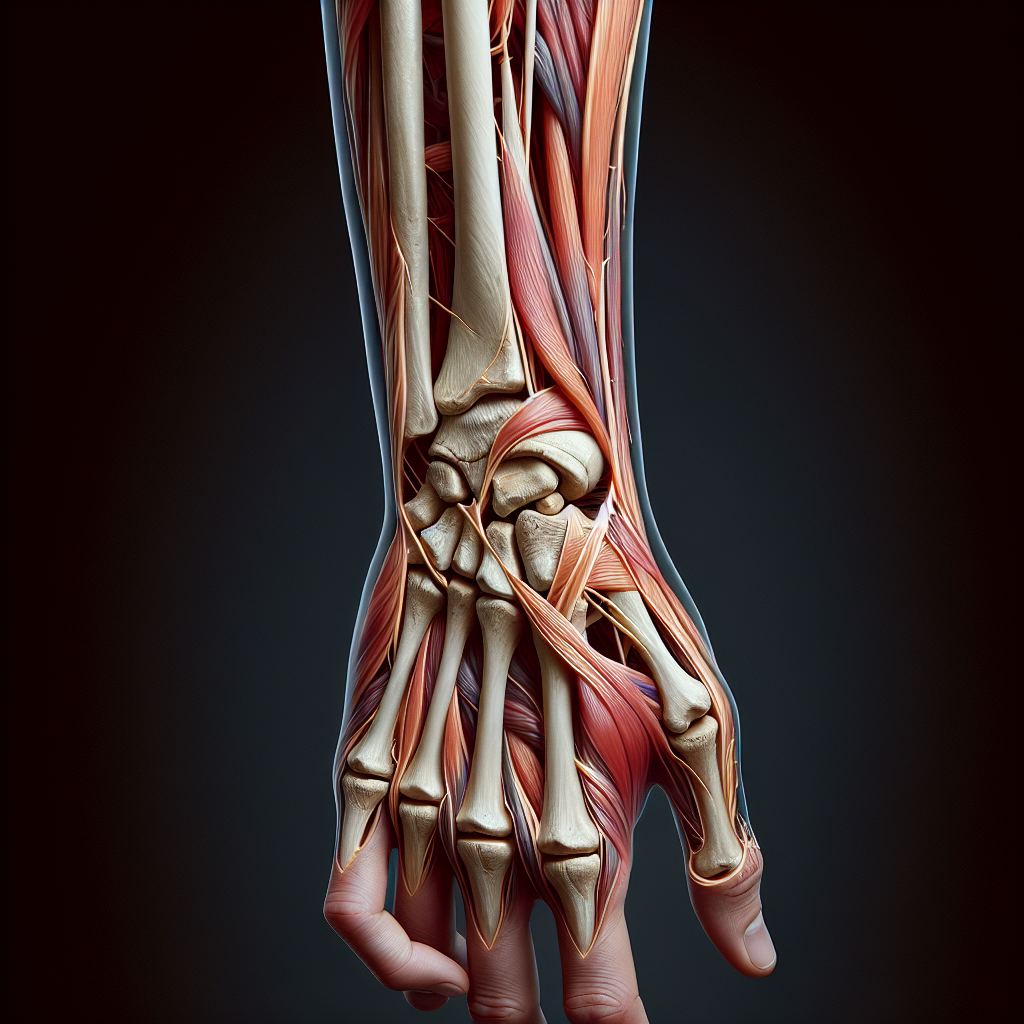Understanding Wrist Fracture Injuries

A wrist fracture is a common orthopedic injury that occurs when one or more of the bones in the wrist break. This type of injury often results from a fall onto an outstretched hand, but it can also occur during sports activities or in motor vehicle accidents. Understanding the causes, symptoms, and treatment options for wrist fractures can help you take appropriate action if you or a loved one experiences this type of injury.
Causes and Risk Factors of Wrist Fractures
Wrist fractures can occur in any age group, but they are most common in older adults and athletes. The risk factors for wrist fractures include:
- Age: Older adults are more likely to experience wrist fractures due to osteoporosis, a condition that weakens the bones and makes them more prone to fractures.
- Sports: Athletes, particularly those who participate in contact sports or sports that involve falling, such as gymnastics or skateboarding, are at a higher risk of wrist fractures.
- Previous fractures: Individuals who have previously fractured their wrist are at a higher risk of experiencing another wrist fracture.
Symptoms of a Wrist Fracture
Common symptoms of a wrist fracture include pain, swelling, and difficulty moving the wrist. In some cases, the wrist may appear deformed. If you experience these symptoms, it’s important to seek medical attention immediately. A healthcare provider can diagnose a wrist fracture through a physical examination and imaging tests, such as X-rays or a CT scan.
Treatment Options for Wrist Fractures
Treatment for a wrist fracture depends on the severity of the fracture and the patient’s overall health. Treatment options may include:
- Immobilization: This involves using a cast or splint to keep the wrist in place while it heals.
- Surgery: In severe cases, surgery may be necessary to realign the broken bones and stabilize the wrist.
- Physical therapy: After the wrist has healed, physical therapy can help restore strength and flexibility.
Preventing Wrist Fractures
While it’s not always possible to prevent wrist fractures, there are steps you can take to reduce your risk. These include maintaining a healthy diet and regular exercise to keep your bones strong, using protective gear during sports activities, and taking precautions to prevent falls, such as removing tripping hazards from your home and using handrails on stairs.
Conclusion
Wrist fractures are a common injury that can cause significant pain and disability. Understanding the causes, symptoms, and treatment options for wrist fractures can help you take appropriate action if you or a loved one experiences this type of injury. By taking steps to reduce your risk and seeking prompt medical attention if you suspect a wrist fracture, you can help ensure the best possible outcome.
Meta Keywords: Wrist Fracture, Orthopedic Injury, Wrist Fracture Causes, Wrist Fracture Symptoms, Wrist Fracture Treatment, Wrist Fracture Prevention
Tags: Wrist Fracture, Orthopedic Injury, Wrist Fracture Causes, Wrist Fracture Symptoms, Wrist Fracture Treatment, Wrist Fracture Prevention







